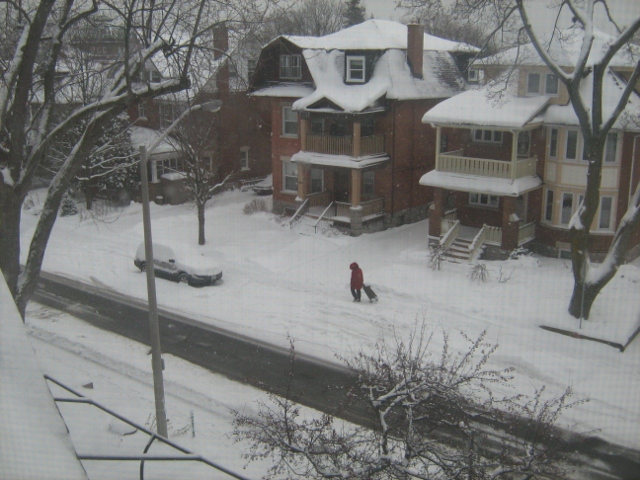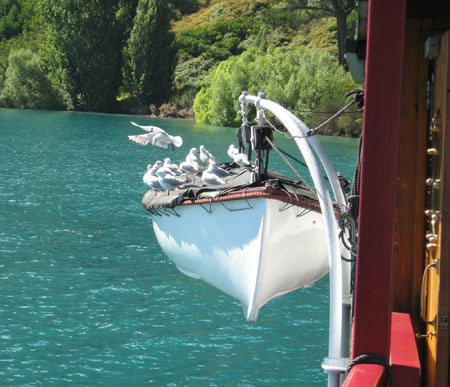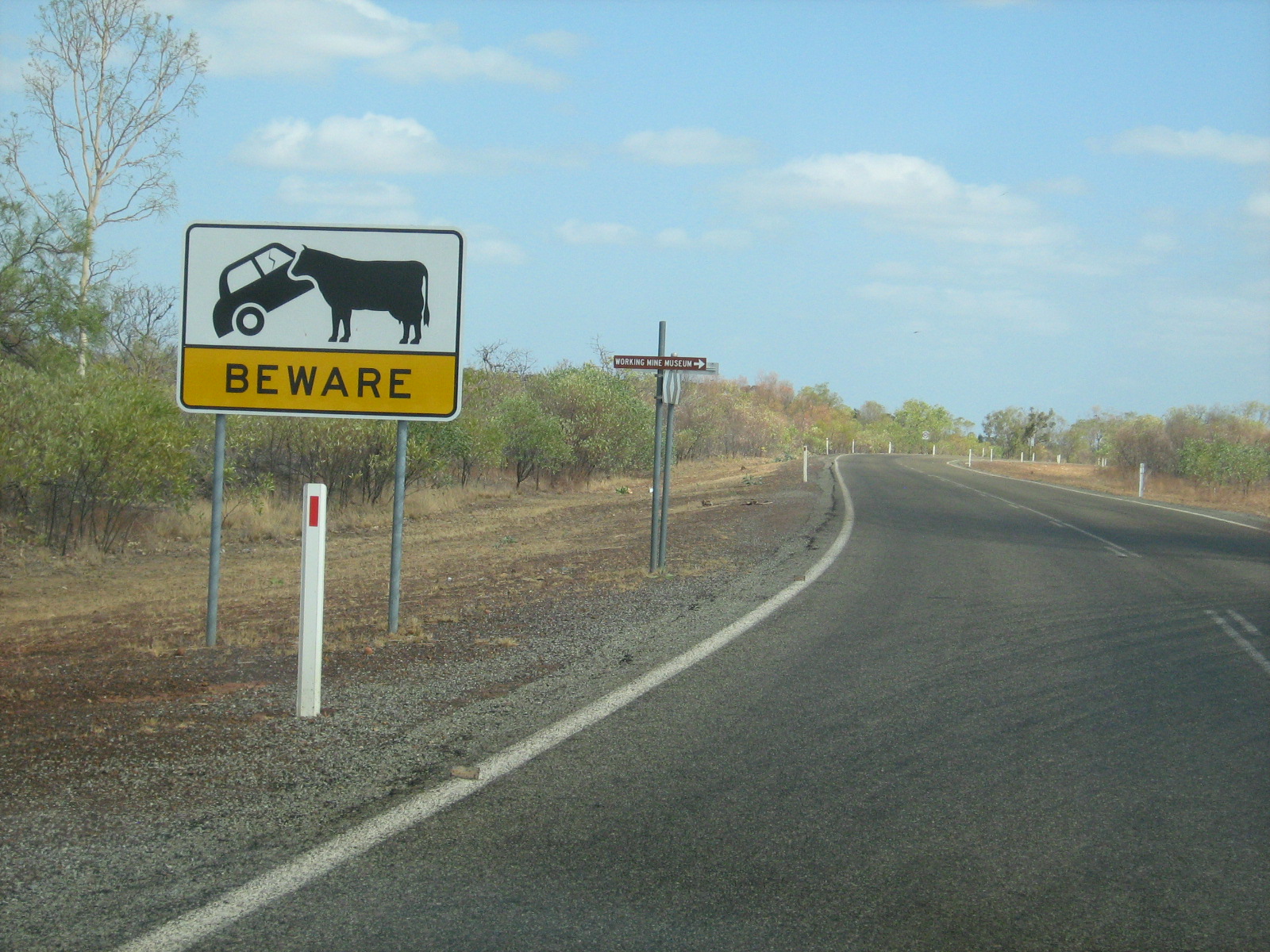-
Out in the Cold – When the Boss is the last to know.
December 21, 2018 | by reinforcementsIt is not a very nice feeling to gradually realise that as a senior executive, and perhaps even worse as the CEO or General Manager, you are being kept out of the loop on important information or not being alerted to critical emerging issues. When the chilly winds of organisational excommunication begin to blow it’s time to light the fires of leadership. Don’t be left out in the cold!
It can be lonely out in the cold
Whilst visiting my daughter in Ottawa, Canada during a particularly cold winter, I noticed a lone figure trudging along on a grey, frozen landscape. I just had to record the moment. Now whenever I look at this scene it reminds me of more than one client I have helped in surviving the blizzard of isolation resulting from Board disfavour or executive team desertion. The former is an occupational hazard for many corporate heads. The latter is always hurtful and disappointing.
In such circumstances it is often tempting to offer the advice canvassed in my earlier post entitled “Fix it, Fit In or Flee – Responses to Change” (published 24.8.17). However, in these particular instances the more fitting response is to initially “confront it“.
In one case a General Manager found himself, after a fresh election, facing a majority of Board members who clearly had an agenda focused on his demise. There was no obvious reason for the antipathy as the finances of the organisation were healthy and its service provision efficient and achieving required benchmarks. The chill descended at the first Board meeting when it became apparent that a number of the new members shared a desire for a new strategic direction for the organisation, although not prepared to disclose openly what that might be .
Over subsequent weeks it became obvious that there had been discussions between Board members, the Chairman and members of the executive team and certain external parties, that the GM was not made aware of. Approaches to the Chairman, who historically had an open and collaborative relationship with the GM, were met with evasiveness.The GM’s executive colleagues denied any knowledge that anything was up. Finally, the frustrating environment led the GM to take advice on how best to act. Importantly he had already decided that firm action was necessary. Now he needed to set some direction for that action.
The plan evolved quickly into some key strategies –
- Intervene quickly to reinforce the authority of the GM with his executive team and demand their loyalty and disclosure of any information they might possess about change of strategic direction.
- Enter into frank and forthright discussion with the Chairman to clarify the Board’s proposed direction and emphasise the risks of the Board acting without first seeking and considering the advice of its GM.
- Gain agreement of the Chairman to have the Company’s lawyer address the Board members on the limits of their authority and issues of good governance.
- Examine thoroughly all the issues associated with the proposed change in strategy and brief the Board on all pro’s, con’s and options, offering to engage an independent evaluator or peer reviewer if there was any concern over the GM’s objectivity on the issue.
- Subject the proposition to a full and formal debate amongst members to ensure all the issues were understood and properly resolved.
- And finally to agree on the due process to be followed in future when new directions are proposed, to ensure a constructive partnership was restored between the Board and the GM.
The strategies worked and although it took some time for the chill to thaw between the GM and some of the Board members, the critical application of leadership at that crucial point once again demonstrated how imperative it is to bring to bear some clear thinking before reacting to provocative situations.
An important bi-product of the situation was a clear understanding amongst the executive team that being drawn into any clandestine Board issues, no matter how innocently, is a recipe for destroying trust with the CEO/GM and likely to be a career limiting move.
If you need support in developing better communication within your executive team – call in Reinforcements.
-
Teams at Work
October 11, 2018 | by reinforcements“Many hands make light work” is an old Chinese proverb. How come it isn’t always successful in teams at work? Organisations in business and government, especially larger organisations, are invariably comprised of teams of people assigned to focus on delivering particular services or achieving particular outcomes. Those achievements are often limited however because not all team environments are efficient, productive, coordinated and well directed.
Merely adding numbers to a team in an effort to address a given problem, project task or administrative process doesn’t necessarily mean that the solution will appear. In many cases I have seen, adding more bodies to the mix without really understanding what effect that will truly have, actually creates dysfunction and confusion.
Taking time to design not only the task for the team but how the team will work and behave, is a better way to secure the practical outcomes Management desires.
Important attributes for teams at work to achieve effective outcomes
Key attributes might include:
- Clarity of objectives by Management– If management aren’t clear on what the target is what hope does the Team have?
- Relationship between Management and Team Leaders– Support, encouragement and empathy for each other’s needs and challenges strengthens the whole team.
- Team Leaders who can establish strong rapport with and effect direction over their teams– relationships are important but getting things done is imperative.
- Team members prepared to accept responsibility for their own actions and be trusted to exercise initiative when required– A “waiting-for-orders” culture destroys team effectiveness and fails to develop new leaders.
- The whole team being clearly focused on achieving positive outcomes and deriving personal fulfillment from their role in doing so– Dissatisfied “square pegs” need to be helped to re-engage or be re-assigned to a role more suited to them.
- Giving the Team challenging things to do– Mundane routine dulls the initiative whereas new and challenging tasks sharpen team focus and creativity.
- Reinforcement by Management and Team Leaders of the values of collaboration, service, respect, diligence and generosity of spirit– Positive attitude and behaviour are cornerstones of effective teams .
- Frequent and Quality face to face communication– When the talking stops so does the connection.
- Regular celebration of success– Acknowledging achievement and dedication reinforces enthusiasm for continuous improvement.
The best form of T-E-A-M = TOTALLY ENERGISED AND MOTIVATED
Need help in developing positive attributes in your teams at work? – call in Reinforcements.
-
Soaring like a Seagull
August 8, 2018 | by reinforcementsOn a holiday to New Zealand a little while ago, on a cruise on Lake Wakatipu, I was amused to see a flock of seagulls hitching a ride on the Steamer’s life boat. I thought at the time what a good life they had in such an idyllic environment. No work to do, transport provided between scenic locations and plenty of tourists to throw them the odd crust or even a hot chip.
This is quite unlike organisational life where we are expected to continually strive harder and continually improve our skills just so our wages keep pace with the cost of living. In fact, I recalled once learning a salutary lesson during a period of negotiations with the Australian Workers Union over wages for Blue Collar workers.
At the time, my organisation was new to the concept of Enterprise Bargaining and filled with the idealism that comes with wanting to make the most of modern techniques, we were determined that the next round of wage rises would be accompanied with real productivity gains, and that all sections of the Workforce should contribute extra effort in order to earn their annual increases.
At a meeting of Blue Collar staff our Industrial Officer outlined the need for all employees to aspire to better and more fulfilling jobs by working “smarter not harder”, seeking to “go the extra mile” in everything they do and to look about their job sites for ideas to improve productivity. In that way, he said, they could demonstrate “added value” and justify a proposal that was on the negotiating table for a bonus system.
As the meeting broke up there was much grumbling and derision aimed in the direction of Management. I had to admit a degree of unease myself, as I wasn’t convinced that the message given was right for the particular audience. I noticed one of the Union delegates in animated discussion with some of the more vocal members of the crew and afterward took him aside for a brief chat.
“The boys don’t look sold on the new approach” I said. “Can you blame them” he said. “You are asking them to do something that is contrary to their basic nature.” I obviously looked confused.
“Look” he said, “You can’t soar like an Eagle when you have the genetic makeup of a Seagull.” He went on to explain that he was not intending to belittle his members, but the reality was that they were, by and large, labourers and unskilled workers. They did not approach their daily job on a high intellectual level. “All they bring to work is their physical strength and labour. That’s all you can ask of them. You can’t hold their pay rise to ransom over something that is not in their make-up. Work process improvement is Management’s responsibility anyway.”
Soaring like a Seagull
I thought that over and agreed with him – but only up to a point. I proposed a down to earth strategy I thought might provide wins for both sides. The organisation had a couple of problems in the Workforce that needed to be addressed and they really needed the cooperation of the workers to be successful.
My proposal was that –
- Management would not require ordinary workers to identify work process improvements other than where they voluntarily made good suggestions, in which case we would introduce an acknowledgement scheme to reward good ideas;
- Workers would commit to full cooperation with the introduction of a more vigorous Worksafe program, including a program targeted at workers who presented for duty affected by alcohol or drugs;
- Workers would commit to cooperating with their Supervisors and Management in creating more flexible working arrangements so that process improvements could be made.
- In return the Workers would get their annual wage increase automatically without needing to prove productivity increases, as these would have been achieved if they cooperated with the more flexible arrangements.
It took a little more talking but very soon we had the foundations of a very workable agreement and a much happier workforce. The Worksafe initiatives progressed well and were in the workers’ interests anyway and the more flexible arrangements resulted in shorter and less arduous periods on construction sites.
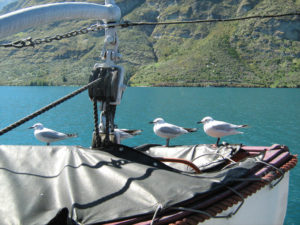
Now when I see a gathering of Seagulls it is obvious that they are content in their own feathers and don’t aspire to be eagles….and we should try to force them to be.
-
Are we there yet?
March 20, 2012 | by reinforcementsA couple of years ago I was travelling with a young colleague between Brisbane and Dalby in South East Queensland. He was a New Zealander and his knowledge of Australian geography was very poor. I had explained the general relative distance between Brisbane and Dalby, a trip that takes possibly four hours.
After we passed through the City of Toowoomba, which is about an hour and a quarter from Brisbane and began travelling through sparse rural areas my colleague began asking at frequent intervals “Are we there yet? “. Although our journey was filled with pleasant and interesting conversation about our work matters his frequent interjections of “Are we there yet?” started to become tiresome.
At a point in our conversation about an hour from Dalby where the road seemed to be as endless as his questions, we were debating the value of senior managers investing so much of their time preparing progress reports on their businesses for the consumption of downline staff. “It seems a waste of effort” he said ” when most lower level staff don’t really need to know.”
I pulled off to the side of the road and asked him to get out (much to his surprise) and stand by the roadside. I directed his gaze back to where we had come from and said “Do you see the bend in the road back there?”.
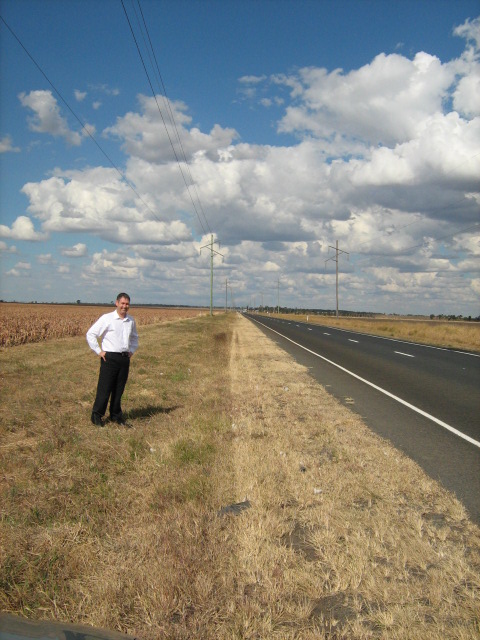
“There’s no bend in the road back there,” he said “it’s as straight as an arrow to the horizon.”
“Now look up ahead” I said “can you see the bend in the road?”
“There’s none there either” he said “it’s dead straight to the horizon also.”
“Yes.” I said “It’s like many of the organisations we deal with. They have come a long way on the same road with no change in direction and looking forward it is unlikely to change either. It can get quite boring for those who aren’t actually in the driving seat.” He blinked and I went on.
“You and I are like a manager and his team in the organisation. I’ve told you where we are going but you cannot tell how close we are, even though we have come a very long way. Although the eventual objective is still over the horizon and out of sight you can see the general direction of the road and where it is taking us. But you still keep asking “Are we there yet?”
If you had been keeping your eye on the road signs they would tell you how far we have to go. Then again, as a good manager I should be pointing them out to you so that you would have an appreciation of our progress. I have been describing to you the towns along the way and each one we have arrived at should have given you a sense that we were achieving progress and some assurance that we are on the right road to our destination.”
He smiled broadly and said “Righto Teacher, I get the message. Everyone regardless of their position on the bus needs to know where we are at in our journey, if they are to be kept interested and productive.”
We continued our journey and my companion began reciting all the information signs along the way – localities signs, distance markers, direction signs and even the “5 km to the next McDonald’s” signs.
I began to wish he would just revert to “Are we there yet?”.
- 0411 838 760
- OR


